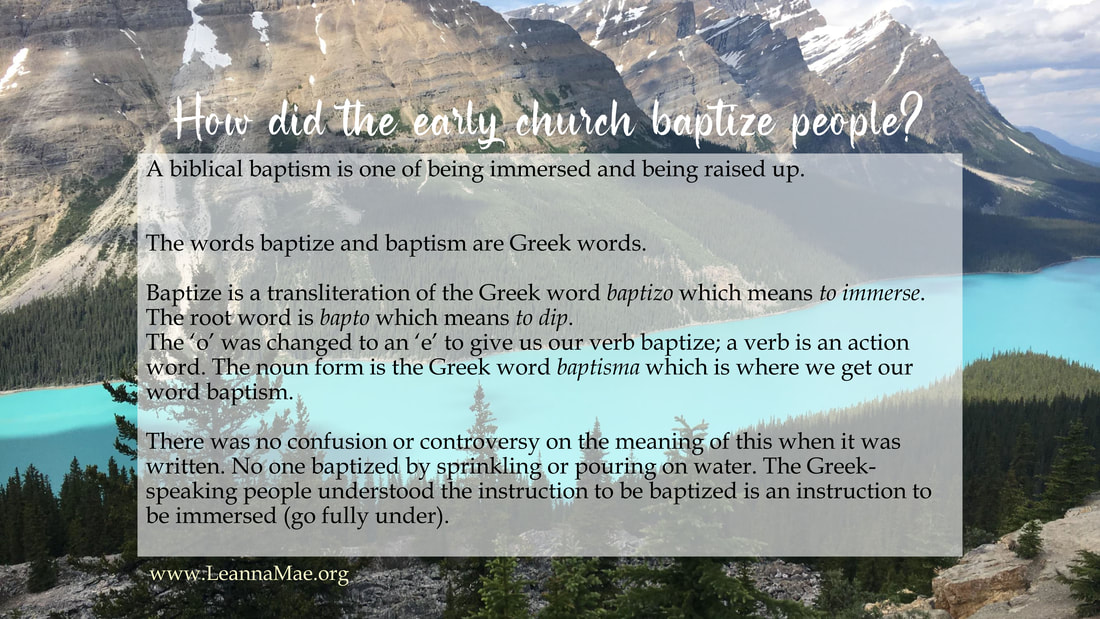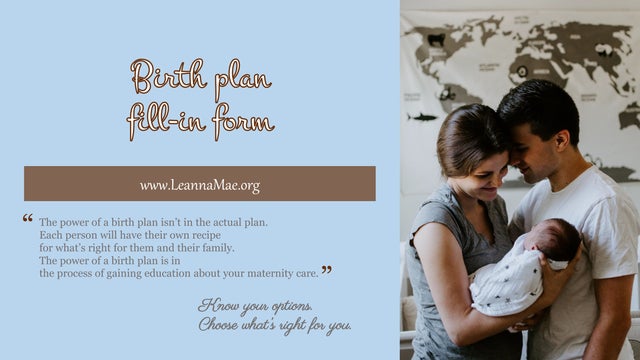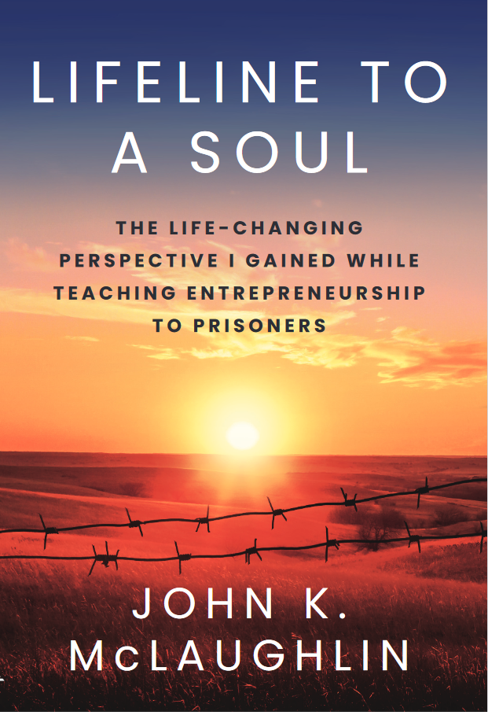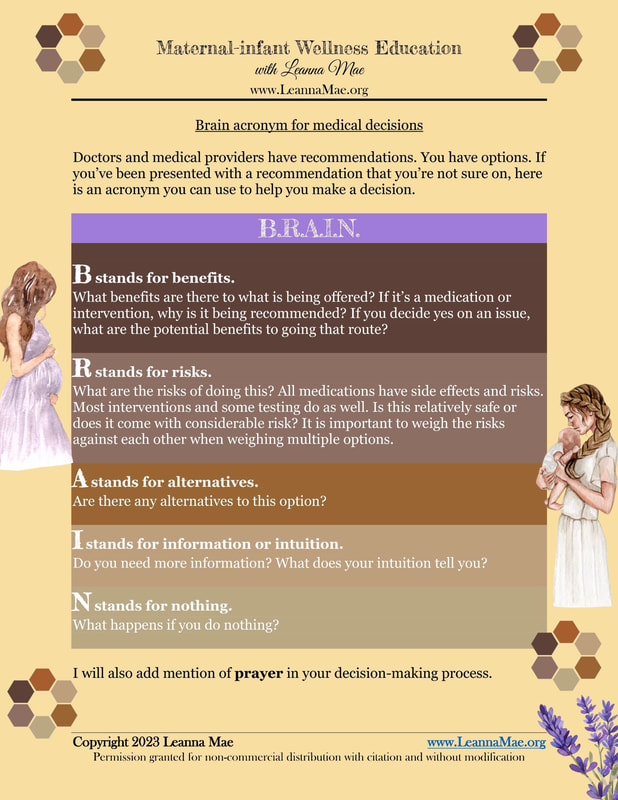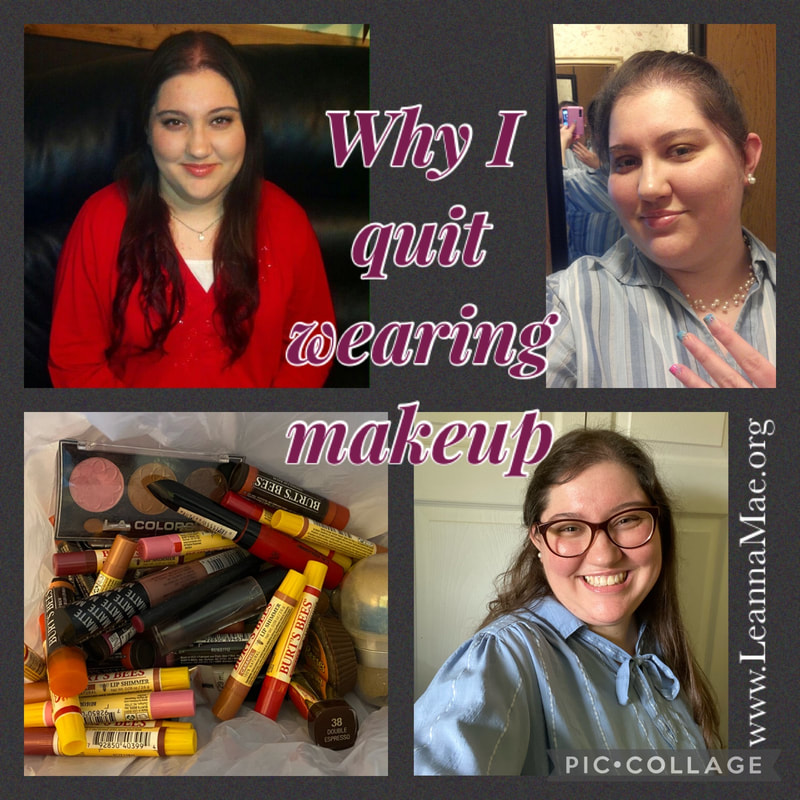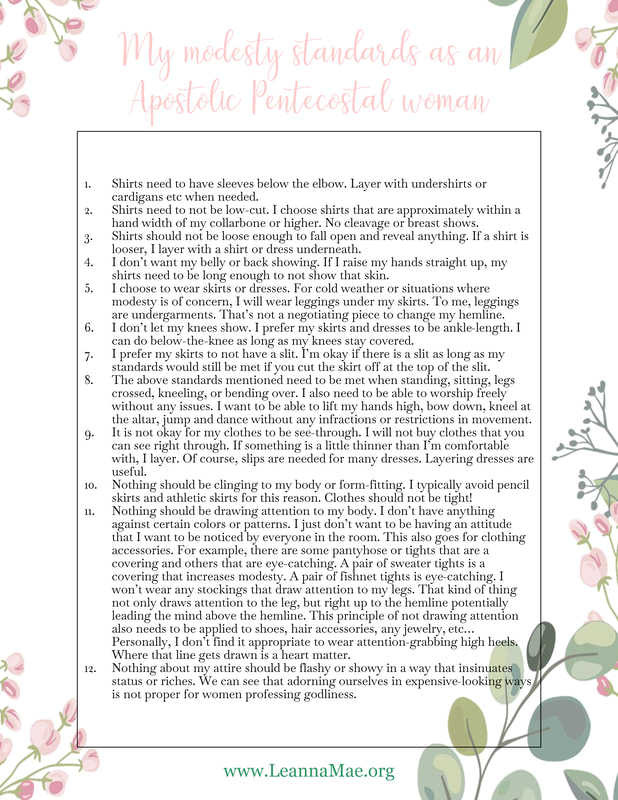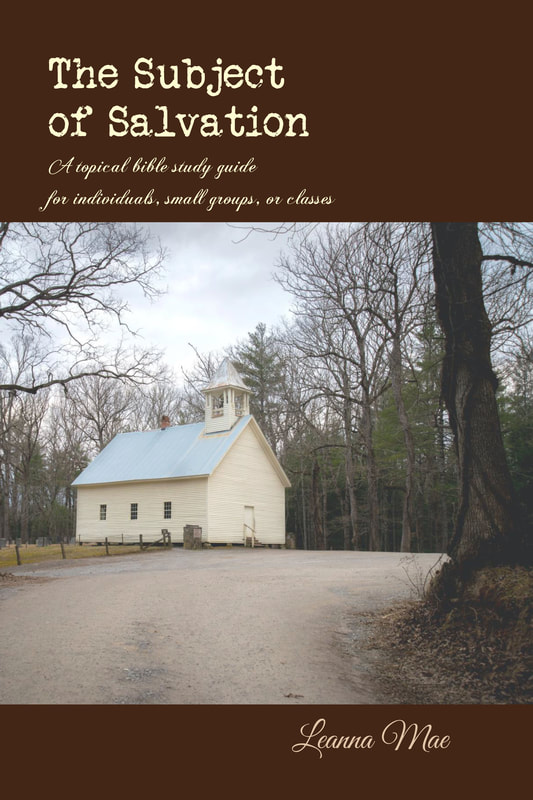|
Are you tired of finding budget spreadsheets that only go over some of the expenses and can’t even be used realistically? Or maybe you’re done with all the apps and subscriptions when you prefer the old-fashioned way of using paper? The budget spreadsheet from Happily Frugal is both free and comprehensive. You can download the PDF from the book’s web page here. Scroll down to where it says “free sample chapter”. You can print it as many times as you need to. Let’s talk about what’s in this budget spreadsheet. The first section is on transportation expenses. That comes first if you need your car to get to work so you can provide for your household.
The next section is home.
The next section is groceries and household items. How detailed you need to be in this area of your budget will vary. Some can lump it all into one. Others may need to alternate which paycheck they use for stamps and such vs. more cleaning supplies.
Then we have misc. monthly expenses. You may not have all of these expenses.
After all other things have been budgeted for, we have luxuries.
At the end of that spreadsheet is room for any additional expenses to be written in. You also need to budget for SAVINGS such as emergencies and retirement. Envelope budgeting throughout the year is an option for things such as birthdays and Christmas or family trips/vacations. You have the option to make space in your budget for GIVING. Tithing is essential. Offerings for church/ministries and chosen charities can be added into your budget as able. My financial lifestyle and wise money management workbook, Happily Frugal, has over 1,000 ways to save money. Chapter 6 takes this budget spreadsheet and teaches ways to save money in each area of the budget. Get your copy today to help you meet your budgeting goals, have more with the amount of money you have, decrease your debt, save money, and find a little fun money in the process.
0 Comments
I went to a great college in my area, and graduated with zero student debt. I then worked at another college for 4 years. Here is everything I learned about getting an education frugally. For over 1,000 ways to save money, get a copy of my workbook Happily Frugal. Click the button below to check out that page. Here are 50 ways you can save money when going to college.
|
If this website has been a helpful resource to you, consider donating any dollar amount here.
Donations allow more time to write blogs and build this resource that is freely available to all.
Donations allow more time to write blogs and build this resource that is freely available to all.
Leanna Mae
Apostolic Pentecostal Christian
|
international author |
maternal-infant wellness educator
|
birth doula
|
breastfeeding specialist |
Copyright © 2013










































































